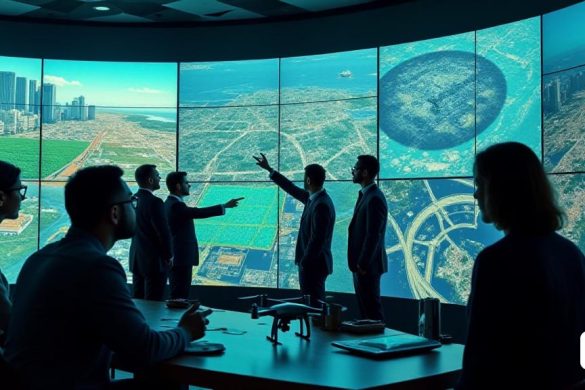A Critical View of the Reconciliation Amnesty
The discussion surrounding the reconciliation amnesty in Catalonia has generated significant controversy, especially after the initial approval in Congress and its subsequent stagnation in the Senate. Divergent views on this issue have emerged from different sectors of politics and civil society, reflecting a deep division of opinions and perspectives.
The Position of Josep Lluís Cleries
The statements of Josep Lluís Cleries, JxCat senator, have generated an intense debate. His reference to a ‘reconciliation amnesty’ and his defiant attitude have been the subject of detailed criticism and analysis. These words have been interpreted in various ways, generating negative and positive reactions in different sectors of society.
Reactions and Political Implications
The reaction of the different political parties to this amnesty proposal has been remarkable. The positions of JxCat, ERC and other political forces have reflected their strategies and objectives in the electoral context. In addition, the relationship between the amnesty and other political issues, such as the early calling of Catalan elections, has generated speculation and analysis about the motivations underlying these decisions.
Complexity of the Situation
The intersection of factors such as the amnesty law, the calling of early elections and other political issues has created a complex and dynamic situation in Catalonia. This complexity has generated uncertainty and speculation about the political future of the region, including the possible influence of the amnesty on the electoral results and the dynamics of the different political parties.
Future Perspectives
With the ongoing amnesty and reconciliation controversy, the future prospects in Catalonia are the subject of intense debate and analysis. The long-term implications of this issue, including its relationship to the political and social situation, continue to be topics of interest and concern to many citizens and political observers.




